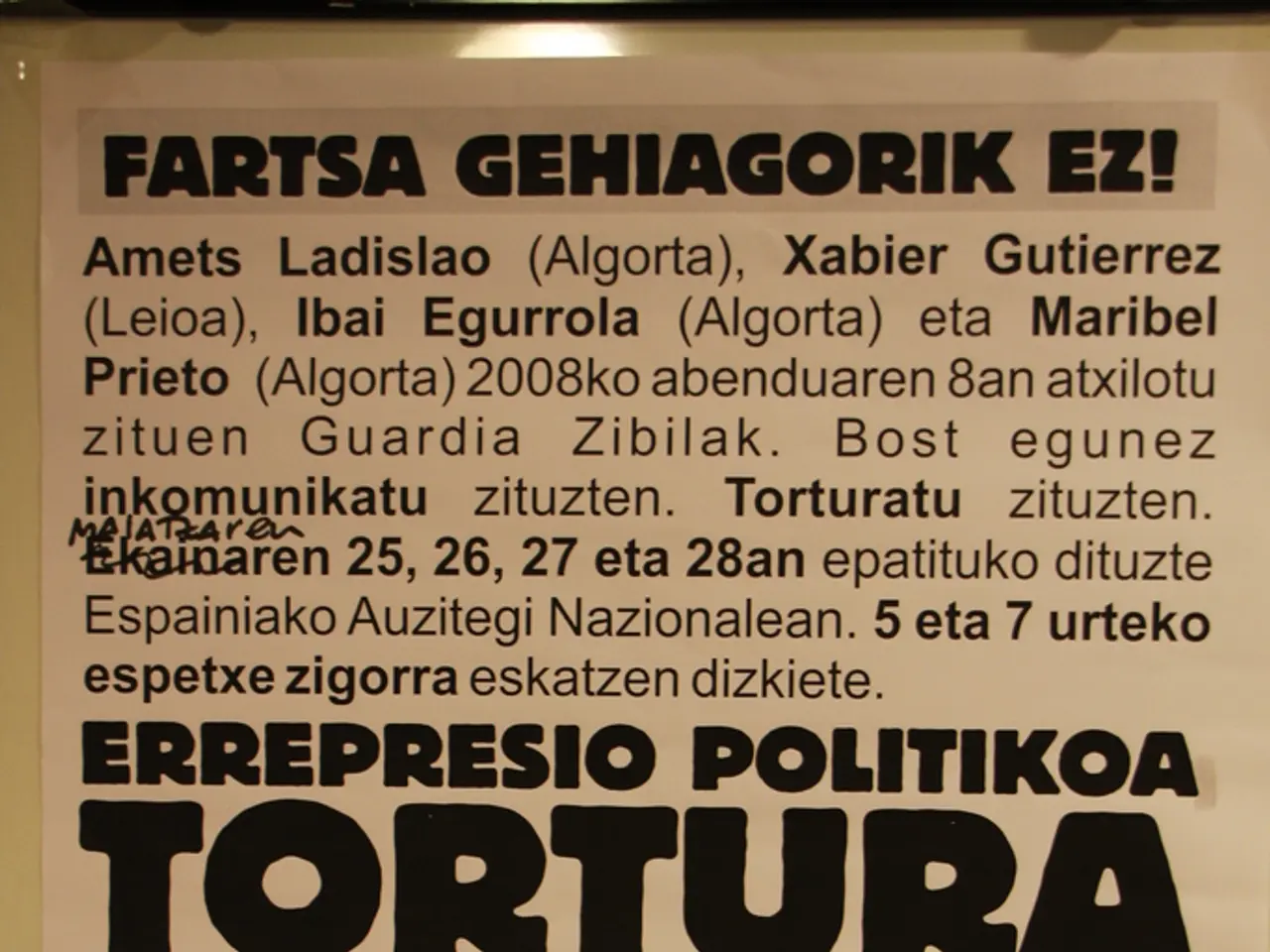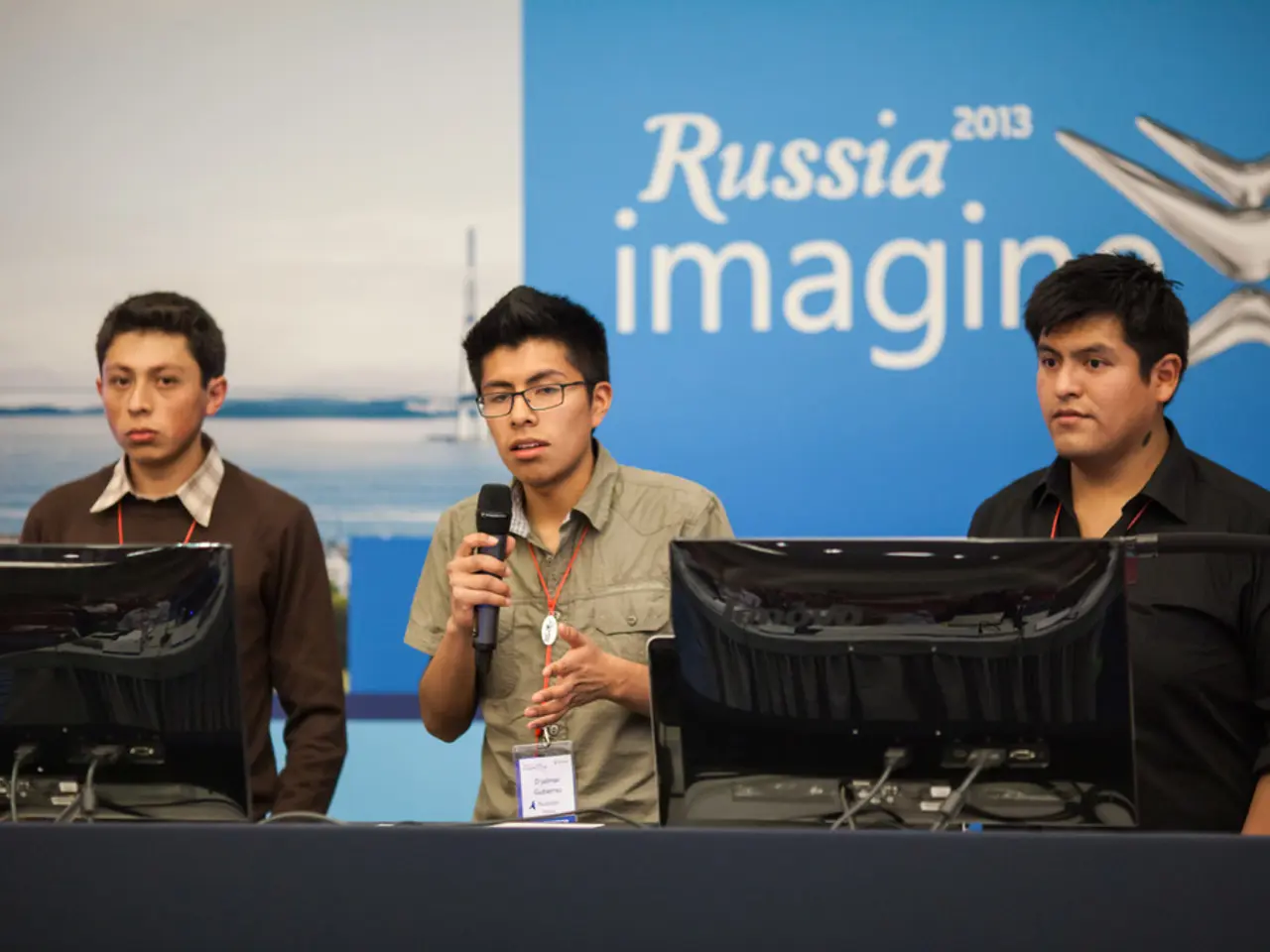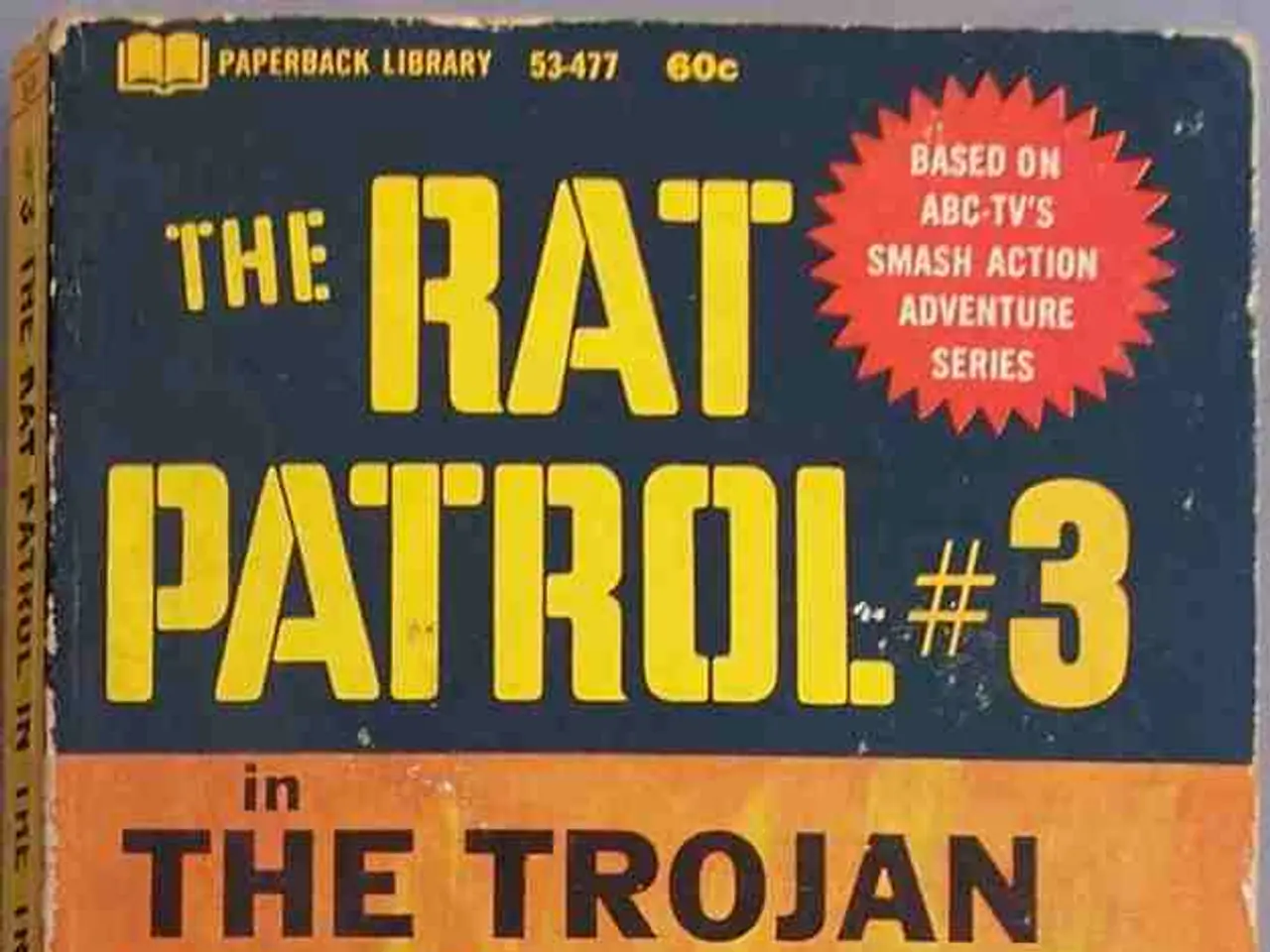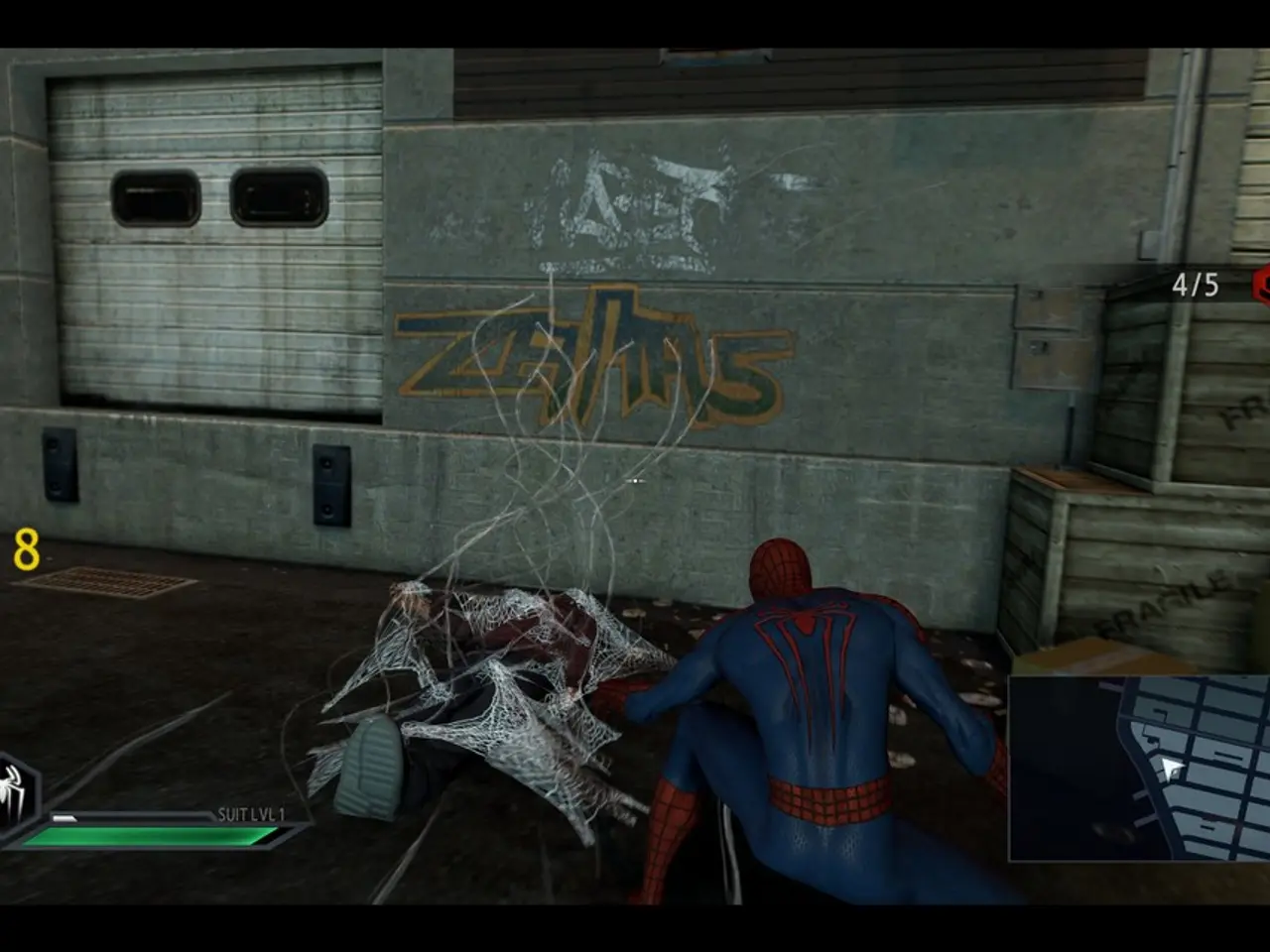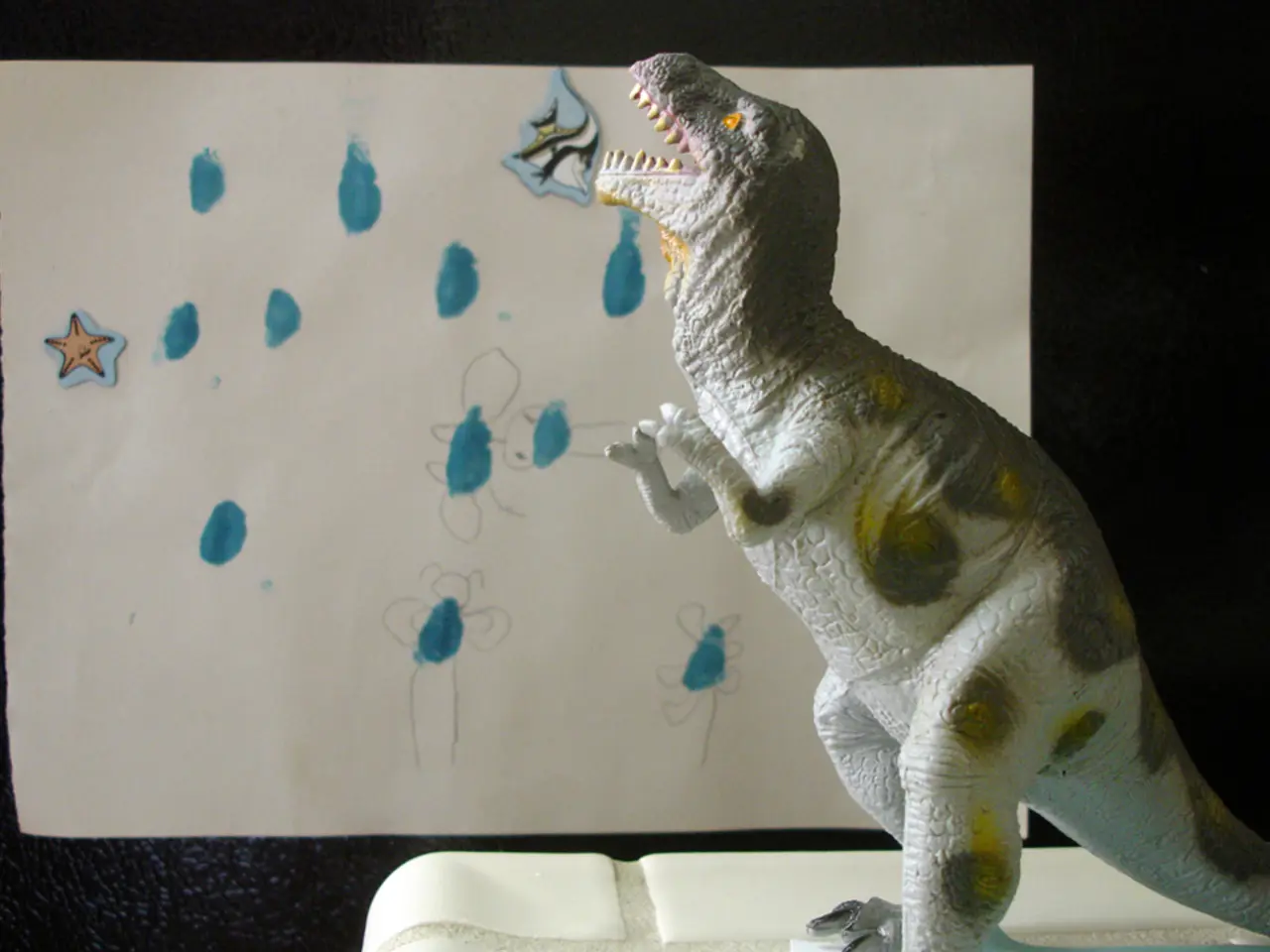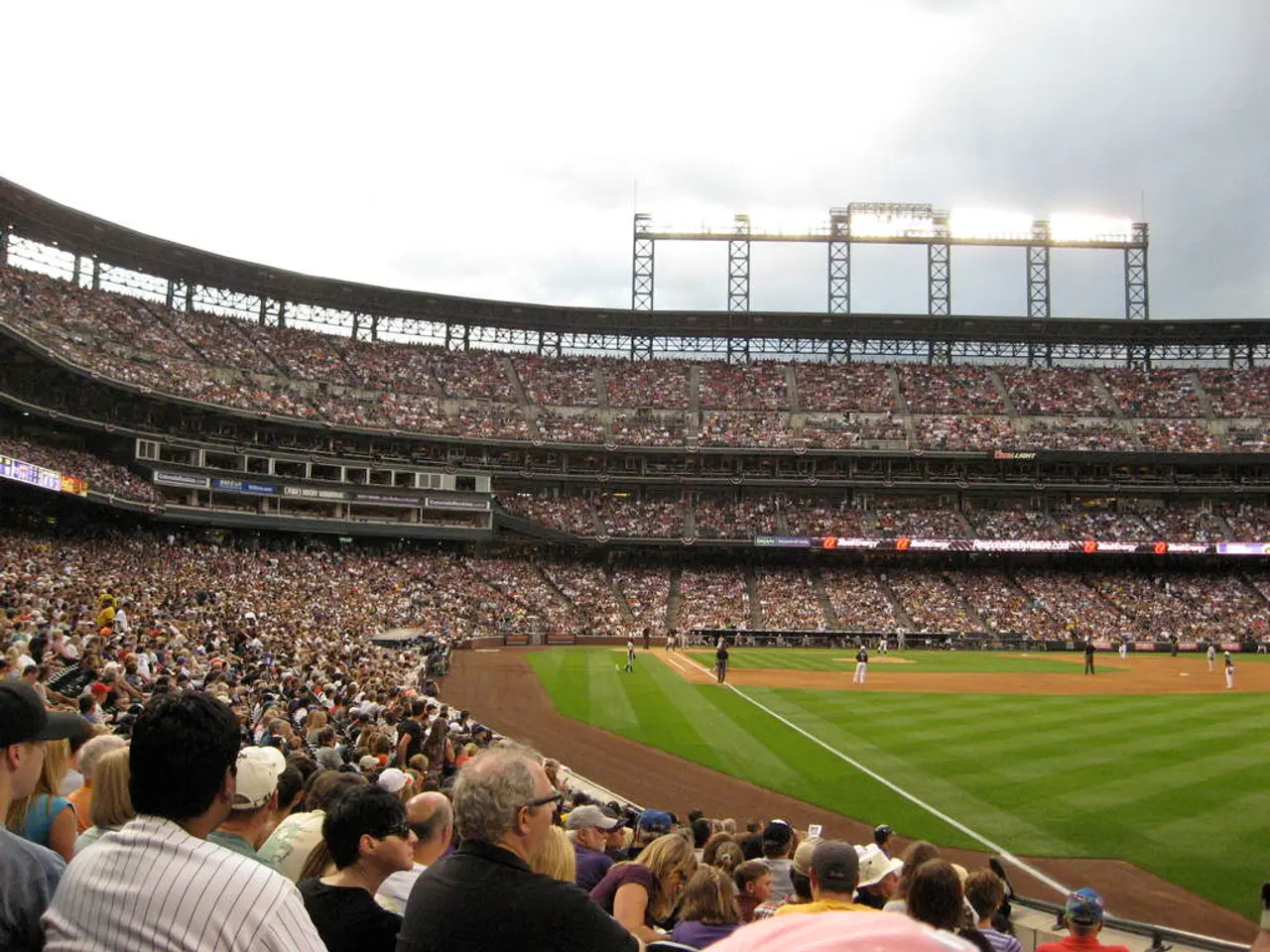Under the authority of the General Directorate of Security during the Franco regime, operations were carried out.
A Dark Chapter in Spain's History: The Real Casa de Correos and the Torture of Rosa García
The Real Casa de Correos, a grand Baroque building located in Madrid's Puerta del Sol, has a complex history. Originally constructed in the 18th century as the headquarters of the main post office, it later became the seat of the government of the Community of Madrid. However, during the Francoist regime, this building gained a darker reputation.
During this period, the Real Casa de Correos housed the Dirección General de Seguridad (DGS), Spain's secret police and internal security agency. The DGS was notorious for its alleged role in torture and repression against anti-Francoist militants. The building became a symbol of political oppression under Franco, particularly during the interrogation and detention practices that included torture aimed at suppressing opposition and dissent.
One such victim was Rosa García, a member of the clandestine Federación Universitaria Democrática Española, an organization that fought the dictatorship while "educating themselves politically". In the summer of 1974, Rosa was arrested and taken to the dungeons of the TOP, located within the Real Casa de Correos. Commissioner Antonio González Pacheco, known as "Billy the Kid", was the one who tortured her.
The TOP, presided over by magistrate Rafael Gómez Chaparro, was created in 1963 to mask repression by avoiding a civil trial and to hold a military council that sentenced Communist Party militant Julián Grimau to death. The TOP was described as a tribunal created to "persecute freedom" where the law "had to be twisted" to avoid disproportionate penalties.
During her detention, Rosa was threatened with being thrown out of a window from a high building and with being raped. She was subjected to various forms of torture, including hanging from the wall, hitting with a stick, drowning the head in feces, and electroshock. These practices were not uncommon in the underground dungeons of the TOP, described by prisoners as a "descent into hell".
The public order tribunal was also responsible for the trial of Comisiones Obreras (CC.OO.) leaders in the so-called Juicio 1001. During this time, Luis Carrero Blanco, the then Prime Minister, was assassinated by ETA.
Rosa's arrest was what was then called in the jargon a "fall". Labor lawyers like Cristina Almeida defended political prisoners in TOP trials. Despite the horrors she endured, Rosa's story is a testament to the resilience of those who fought against the Francoist regime's policy of terror and fear. Today, the Real Casa de Correos no longer serves its repressive function and is instead the seat of the regional government of Madrid.
- The average citizen during that period might have remained generally unaware of the political repression and torture taking place within the Real Casa de Correos, as it was primarily associated with the secretive and covert operations of Spain's internal security agency.
- In the realm of crime and justice, the Real Casa de Correos served as a symbol of political oppression under Franco's regime, with its dungeons hosting cases of alleged torture and repression against anti-Francoist militants like Rosa García.
